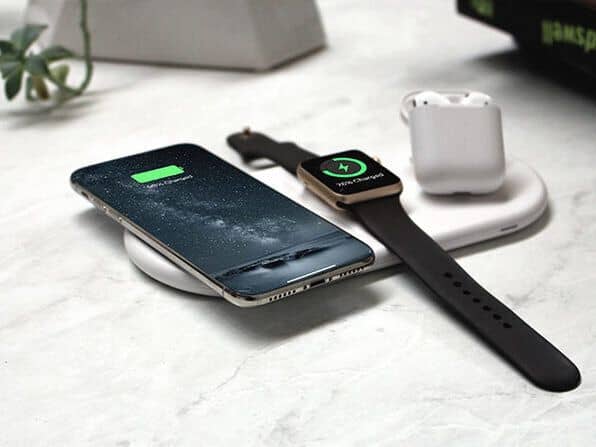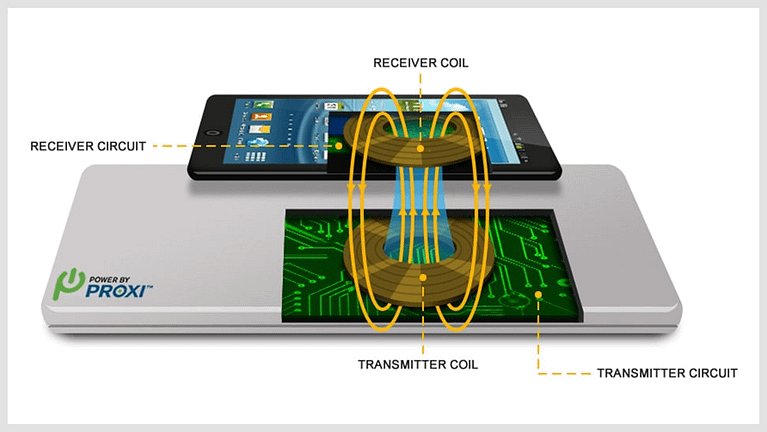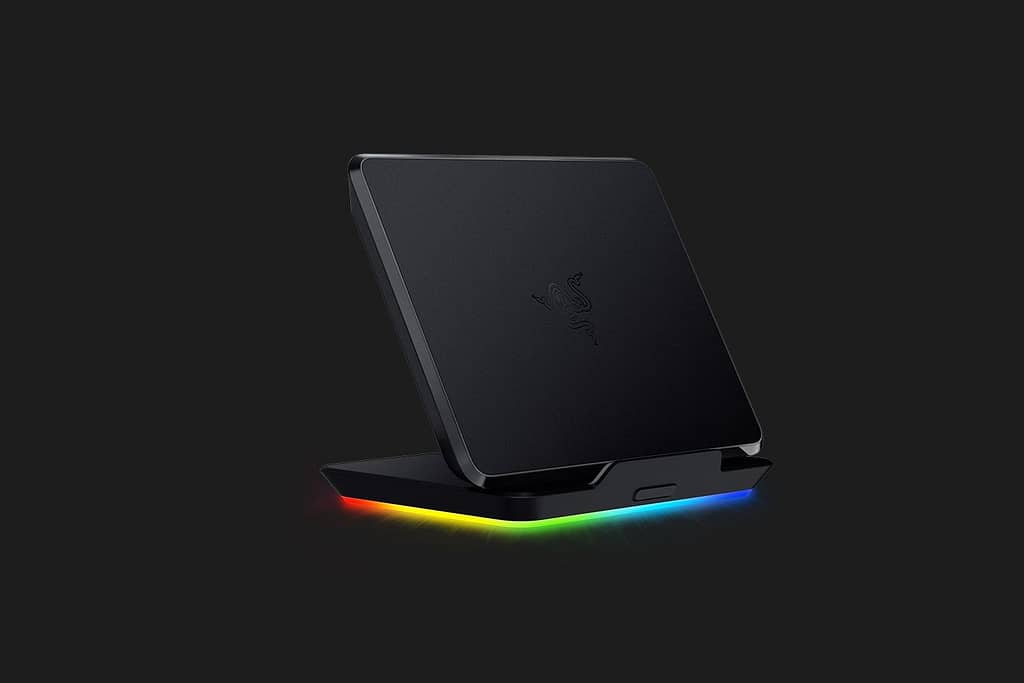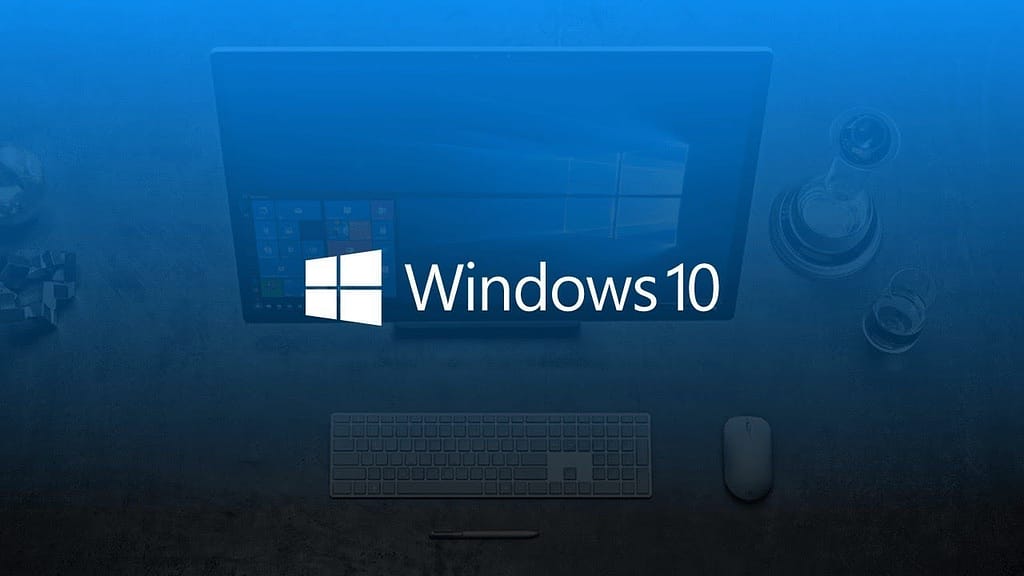HOW WIRELESS CHARGER WORK?What You Need to Know BEFORE BUYING ONE?
Introduction to Wireless Charging
Wireless charging has been around now for quite a while, if you own a premium smartphone released within the past couple of years, the chances are that it supports wireless charging.
In recent times companies like Oppo, Oneplus and Apple are providing wireless charging features on some mid-range devices. That’s not all, wireless charging is also used to charge some wearable devices and a few true wireless earphones as well.
About a half-dozen wireless charging technologies are in operation today, all aimed at cutting cables to everything from smartphones and laptops to kitchen appliances and cars.
The wireless power market is expected to grow to one billion charging units by 2020, according to IHS, a market research firm in London. So, let me explain what wireless charging is, how it works, and everything else you need to know.

How Does Wireless Charging Work?
History of wireless charging
Wireless charging is not a new concept, frankly. It’s even older than the Ford Cars.
In 1831, the English physicist Michael Faraday first discovered the fundamental magnetic and electrical theories that led to induction charging, which transfers energy wirelessly between two receivers.
In the late 19th century, when electricity pioneer Nikola Tesla demonstrated magnetic resonant coupling – the ability to transmit electricity through the air by creating a magnetic field between two circuits, a transmitter, and a receiver.
But for about 100 years it was a technology without many practical applications, Prior to smartphones, smartwatches, and electric vehicles, most applications for wireless charging came down to…electric toothbrushes.
So…How Does Wireless Charging Work?

Wireless charging uses two inductive resonant couplings to transmit low-power signals between two units.
They are designed primarily to relay electricity without
touching each other as a typical wired contact does.
The charging device has a transmitter wire, and the smartphone has a receiver coil, the device is wired into the wall with its power source. The base station sends out a pulse periodically, and when a receiver coil gets close enough, the frequency switches the signal,
The waveform of the signal is then modulated and inductive charging begins.

Inductive charging requires the two electric coils specifically built to create a magnetic field between two devices. There is an complex mechanism involved, which enables a magnetic field to generate energy through the potential and oscillation difference.
Oscillation is a timed, repeated change and you can think of it as vibration in the case of an electromagnetic coil.
Also Read
The coil in your Android smartphone is also attached to the battery charging chain, and the electricity generated by the magnetic field charges the phone.
Electromagnetic induction is pretty good, and the fundamentals are that if you move an electrically conductive material, like a coil or winding, in the presence of a magnetic field you make electrons flow.
Things like a gas-powered generator also “create” electricity by creating EMF (electromotive force) using mechanical energy. Electromagnetic induction is also used in transformers and current measuring devices.

Excess heat is still generated and this is part of why wireless charging is not the most effective method of transmitting electricity from the wall to the phone. This is also why charging your handset on a Qi pad takes longer than plugging it in the wall.
While new methods and materials employ higher frequencies and thinner coils than previous iterations, wireless charging is still less efficient and more expensive than standard wire charging. It will stay this way for the foreseeable future.
What are the standards for Wireless Charging?
Wireless charging is relatively popular and has become even more streamlined. Yet Apple did not produce its own wireless interface, for once. Instead, it decided to follow the current Qi protocol which is now adopted by several other users.
Yet Qi isn’t the only standard around. The Qi standard, which is owned by the Wireless Power Consortium, Second is the Powermat, or PMA, standard from the Power Matters Alliance. Like Qi, it uses magnetic induction.
Unable to charge an iPhone with a PMA wireless charger.
Many systems are nevertheless compatible with both. Modern Samsung devices such as Galaxy Note 8, Galaxy S8, and Galaxy S7 actually support the Qi and PMA standards and can charge with either of them.

The Alliance for Wireless Power (A4WP)’s Rezence uses magnetic resonance instead, a feature later introduced by Qi. That makes for greater positioning flexibility.
On a single charger, you can have multiple devices. You can charge your Smartphone, Smartwatch, and Ear podes at the same time. Rezence requires Bluetooth to communicate with the device.
The Power Matters Alliance and Alliance for Wireless Power have rebranded themselves the AirFuel Alliance, and are partnering to take on Qi.
Why do I want wireless charging in my next phone?
Now that we have a generally recognized standard — we are thinking about the Qi standard here — we need to note that any Qi adapter can operate with any Qi-certified unit.
Whether it’s a 500rs Chinese unbranded model from Amazon or a name-brand like Samsung or Zens, that means the charger you’re buying will fit with the system you’ve got now and any devices you’re buying in the future.

Bunch that with the usability factor — so you don’t realize how easy it is until you have bought a couple of Qi chargers so installed them in the positions you ‘re likely to set your phone.
You could have a Qi charger at your office, at the dining room table, one in your car and one at your nightstand. Rarely will your Galaxy S8 be charged less than 50 per cent.
Not because the battery life on the Galaxy S8 is great, or because Qi chargers work “better”, but because whenever it’s not in hand it’s charging.
There’s the initial cost of buying the charging bases, of course, but they’re quite cheap — about the same cost as a good wall wart and USB cable. As more and more handheld devices and smartphones move towards the Qi standard, more and more devices will be able to take advantage of the chargers.
Wireless charging versus cabled charging
Is wireless power just as fast as power through wires? Well, it’s all about power. A 5W wireless charging system can deliver up to 5W of power to your phone battery.
This is like a 5V/1A USB outlet and therefore it’s just as fast as wired charging (some amount of energy is lost during the transmission).
The latest developments in wireless charging enable us to charge even faster: up to 15W of power can be delivered to your phone. This will significantly reduce charging time and “battery anxiety”. Also, fast wireless charging is getting increasingly popular as the demand for faster chargers is growing in the market.
Is wireless charging safe?
Magnetism or magnetic fields are often viewed as a bit of a puzzle because you can’t see them, you can’t hear them and you can’t smell them.
To build an efficient wireless charging system, you need to limit the magnetic field closely around the copper wire loops.
This is done through special materials, called ferrites, which conduct the magnetic field very well, much better than air.
Therefore the magnetic field tends to pass through the ferrite rather than through the surface. Because of this, hardly any field emerges from the wireless charging system and is thus inherently safe.
What are the advantages of wireless charging?
• Safer way to power your smartphone.
• Simply drop your phone on the charging pad.
• Put less pressure on your phone’s charging port.
• Qi wireless charging pads are built in various places around the world, you can always charge your phone if you run out of power and don’t have a cable.
What are the disadvantages of wireless charging?
Wireless charging is slower particularly for telephones with Quick Charge technology-it would be much, much easier for such users to tap into a wall socket.
If you’ve got your phone charging via a cable, you can still hold it and use it as normal. If you take your phone off a wireless charging pad to use it, it stops charging.
Not all phones have it.
The best wireless chargers for iPhone and Android in 2020
Traditional wireless chargers

Huawei CP60 Wireless Charger
The fastest wireless charger on the list, Huawei CP60 is clearly the one to get if you want to buy a wireless charger that's going to be reasonably future proof thanks to its 15W wireless charging support.
- Input type: Type-C
- Input: 5V-12V/2A
- Output (max):15W
- What’s in the box: Type-C to Type-A cable and wireless charger
- What we liked: Fast charging speeds
- What we didn’t like: The base is a bit too small
- MOP: Rs. 3,999
- Warranty: 6 months

Raegr Arc 200 RG10049/ Raegr Arc 500 RG10048
This pair of fairly unknown wireless chargers was the biggest surprise bundle on our list, but we're not sure why there are two different versions to launch with. The only difference seemingly between the two is that the more expensive Arc 500 is certified as "flame retardant ABS."
- Input type: Micro-USB
- Input: 5V/2A, 9V/1.67A
- Output (max):10W
- What’s in the box: Micro-USB cable, wireless charger
- What we liked: Excellent performance; good build quality; unmatched value; extended warranty
- What we didn’t like: Nothing, really
- MOP: Arc 200 – Rs. 1,199 and Arc 500 – Rs. 1,499
- Warranty: 2+1 years

Stuffcool Wireless Charger WC510
The Stuffcool Wireless Charger is one of two "vertical" chargers in our series, and is far more available in terms of price and availability than the Pixel Stand. This Qi certified wireless charger supports charging speeds of up to 10W and is available in black and white colours.
- Input type: Type-C
- Input: 5V/2A, 9V/2A
- Output (max):10W
- What’s in the box: Type-C to Type-C cable, wireless charger
- What we liked: Vertical stand makes it easier to use the smartphone while it’s being charged; fast charging speeds
- What we didn’t like: Nothing, really
- MOP: Rs. 2,999
- Warranty: 6 months

BlackBerry Wireless Charger
The BlackBerry Wireless Charger is officially rated at 5W speeds but it was as good as other chargers rated at 10W performance in our real life testing, which was a bit of a nice surprise. We also liked the construction quality but didn't like the fact that Type-C cable isn't bundled with the charger.

- Input type: Type-C
- Input: QC 2.0
- Output (max): 5W
- What’s in the box: Nothing other than the charger
- What we liked: Well designed
- What we didn’t like: Type-C cable not included
- MOP: Rs. 2,499
- Warranty: 6 months

Toreto Magik
The wireless charger has an integrated light which can glow in seven different colours. When charging the battery, the light strikes softly but if you so wish, you can turn it off entirely. If something interferes with the charging process, the light starts flashing, which is a useful touch.
- Input type: Micro-USB
- Input: 5V/1A, 9V/2A
- Output: 5V/1A (5W), 9V/1.1A (10W)
- What’s in the box: Micro-USB cable and wireless charger
- What we liked: Unique design
- What we didn’t like: Design may not be to everyone’s taste
- MOP: Rs. 1,599
- Warranty: 1 year

Digitek Platinum DPWC-10W
IMS Mercantiles based in Delhi is known for supplying camera and smartphone accessories under the Digitek brand .The Platinum DPWC-10W is the most accessible wireless charger in our list. This results was similar to the more costly ones, given the inexpensive price tag.
- Input type: Micro-USB
- Input: 5V/2A, 9V/1.8A
- Output: 5V-9V/1.5A (5W/7.5W/10W)
- What’s in the box: Micro-USB cable and wireless charger
- What we liked: Affordable
- What we didn’t like: Slippery body
- MOP: Rs. 999
- Warranty: 1 year

Belkin Boost Up Wireless Charging Pad 7.5W
This wireless charger is from one of the most known brands in the mobile accessories community, and indeed it is the wireless charger that has long been our valued companion. This is just one of two models in our list which comes with a bundled power adapter, meaning you don't have to worry about investing in an additional fast charger.
- Input type: Proprietary
- Input: 15V/1.5A
- Output (max): 7.5W
- What’s in the box: Charger with charging cable and adapter
- What we liked: Well-built; large base that allows the device to rest on the charger without any problems; extended warranty with equipment covered
- What we didn’t like: Relatively slow speeds; expensive
- MOP: Rs. 4,499
- Warranty: 2+1 years.

Samsung EB-U1200 wireless power bank
Samsung recently introduced a power bank in India that is functionally much like the Ubon.In terms of wireless charging rates, the Samsung wireless power bank ranked second with the Huawei P20 Pro behind Huawei's wireless charger
- Input type: Type-C
- Input: 5V/2A, 9V/1.67A, 12/1.25A
- Output (max): 5V/2A, 9V/1.67A, 12/1.25A (wired)
- Capacity: 10000mAh
- What’s in the box: Type-A to Type-C cable and power bank
- What we liked: The convenience
- What we didn’t like: The finish, and slow charging speeds with some devices
- MOP: Rs. 3,699
- Warranty: 1 year
Conclusion
This concludes our insights on wireless charger technology, I hope you will be able to make a better decision on purchasing a wireless charger after reading this article.
If you have any doubts or suggestions about this article, please let us know in the comment section below.
Thank you for reading and will catch you soon with the articles on Best wireless charger in india, Wireless charger under Rs.1000 and Wireless charger uder Rs.5000.
Note: The price mentioned in the article might vary based on the promotional offers run by the given E-commerce sites. Honest Reviews is supported by its readers. When you buy through links on our site, we may earn an affiliate commission.




